K2-18 b & 10 Other Exoplanets With the Potential to Support Life
13th Sep 2023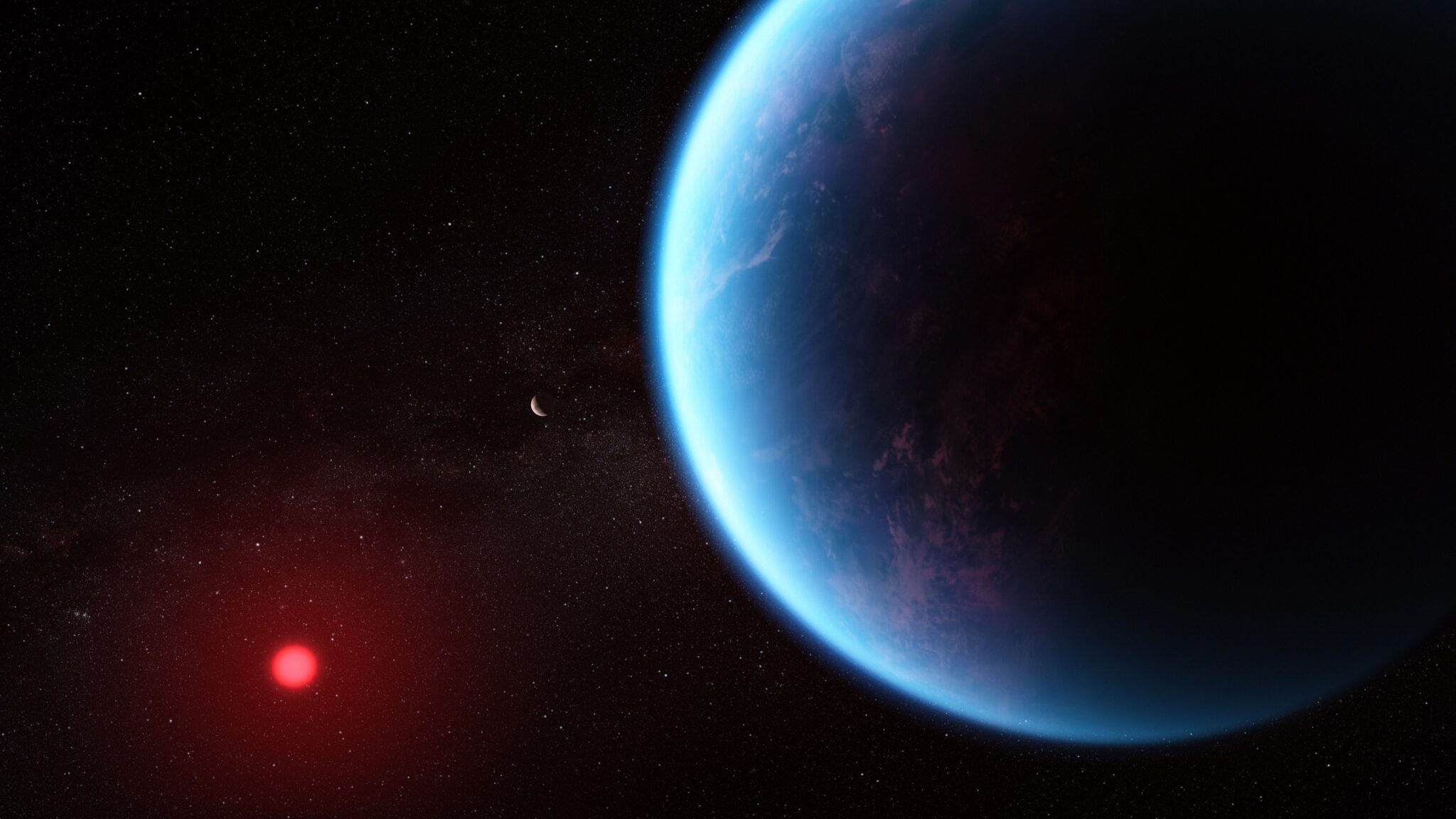
In a new scientific breakthrough, the James Webb Space Telescope (JWST) has furnished compelling evidence hinting at the presence of significant carbon molecules within the atmosphere of exoplanet K2-18 b, affectionately known as the “Hycean World.” This discovery raises the tantalizing prospect of a liquid ocean and intricate chemical compounds that could potentially render this remote celestial body habitable.
K2-18 b’s surface may be covered in oceans
K2-18 b, located approximately 120 light-years away from our Solar System, stands as a compelling object of intrigue among astronomers due to its distinctive attributes. With a radius two to three times that of Earth, it enjoys a coveted position within the habitable zone of its host star—a region where conditions might favour the existence of liquid water, an essential component for life as we understand it.
The recent research points to traces of carbon dioxide and methane within K2-18 b’s atmosphere. These findings strongly suggest the presence of intricate chemical compounds, igniting hopes of an ocean that could harbour the conditions necessary for life. The absence of ammonia in the atmosphere is particularly noteworthy, which further bolsters the theory of a water-dominated environment.
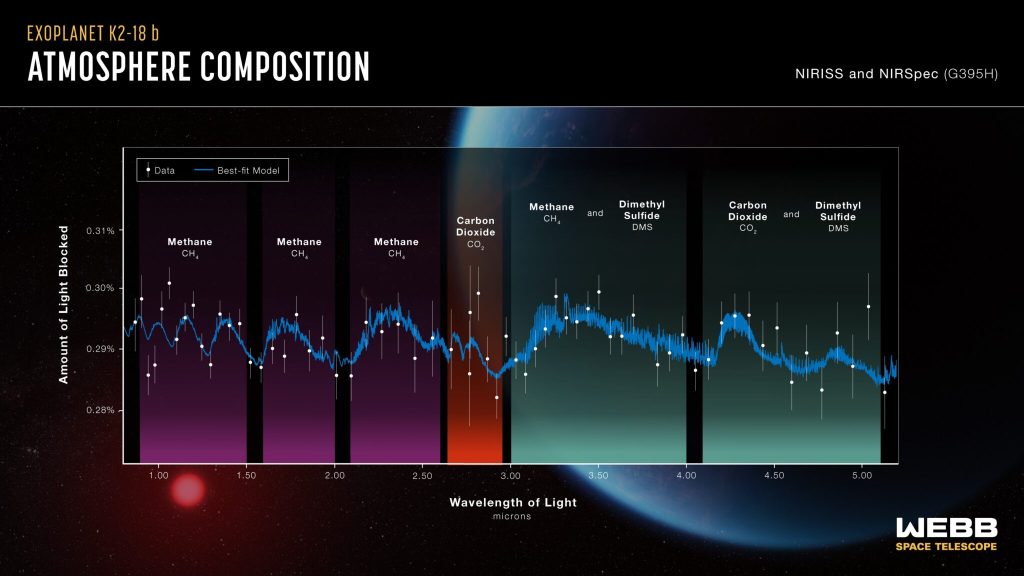
Beyond K2-18 b: The Quest for Habitable Exoplanets
While K2-18 b, with its captivating “Hycean” qualities, rightfully commands our attention, it is crucial to acknowledge that pursuing exoplanets with life-sustaining potential extends beyond this distant world alone. Recent years have seen astronomers discover over 4,000 exoplanets, expanding our cosmic horizons and prompting a more profound exploration of these distant celestial bodies.
A few key factors come into play when it comes to the search for potentially life-friendly exoplanets. These celestial bodies must be relatively small, signifying a rocky composition, and they should orbit within the habitable zone or the “Goldilocks” zone of their parent star. This zone is loosely defined as the region where conditions allow for the existence of liquid water on a planet’s surface – a fundamental prerequisite for life as we know it. As our telescopic technology advances, other critical factors like a planet’s atmospheric composition and the activity of its host star are also considered in the quest for habitable worlds.
While Earth 2.0 remains elusive, scientists have identified several exoplanets that stand as the closest cousins to our home planet.
1. GLIESE 667CC
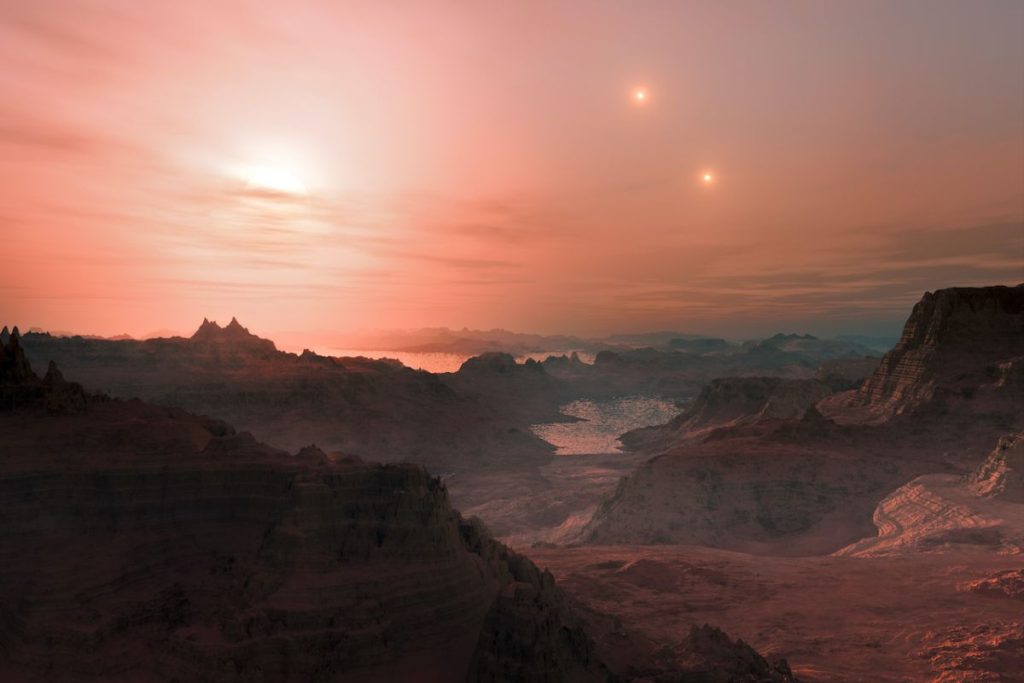
Gliese 667Cc, residing a mere 22 light-years from Earth, captures our attention due to its intriguing attributes. At least 4.5 times more massive than Earth, this exoplanet swiftly completes an orbit around its host star in just 28 days. However, it’s worth noting that its star is a cool red dwarf, considerably cooler than our Sun, which places Gliese 667Cc squarely within the habitable zone. Yet, it also faces the occasional threat of being exposed to solar flares from the red dwarf.
2. KEPLER-22B
Located a distant 600 light-years away, Kepler-22b stands as one of the first Kepler planets found in the habitable zone of its parent star. However, this world dwarfs Earth, measuring approximately 2.4 times the size of our home planet. Its composition remains mysterious, leaving scientists pondering whether it is rocky, liquid, or gaseous. Kepler-22b’s 290-day orbit resembles Earth’s 365-day cycle, but it orbits a smaller and cooler G-class star than our Sun.
3. KEPLER-69C
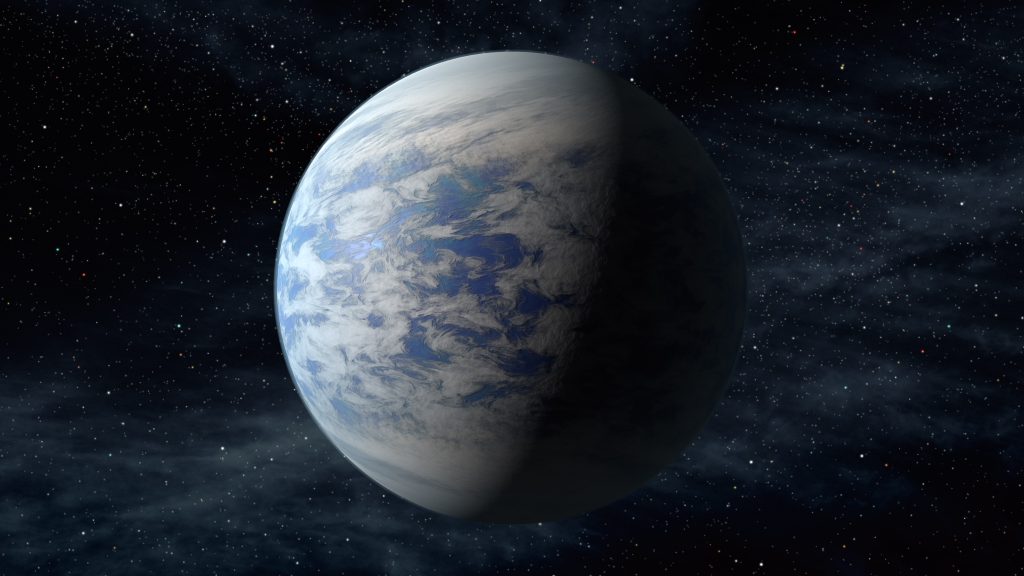
Kepler-69c, residing around 2,700 light-years away, emerges as another enigmatic exoplanet. About 70% larger than Earth, it orbits its host star every 242 days, mirroring the position of Venus within our own solar system. Although its host star emits about 80% as much light as the Sun, Kepler-69c seems to lie within the habitable zone, offering the tantalizing prospect of potentially life-sustaining conditions.
4. KEPLER-62F
This exoplanet, approximately 40% larger than Earth, orbits a star significantly cooler than our Sun. Despite its proximity to its red dwarf star and a 267-day orbit, Kepler-62f positions itself comfortably within the habitable zone. Its larger size hints at the potential for rocky planets that could hold oceans. Kepler-62f resides approximately 1,200 light-years away, beckoning further exploration.
5. KEPLER-186F
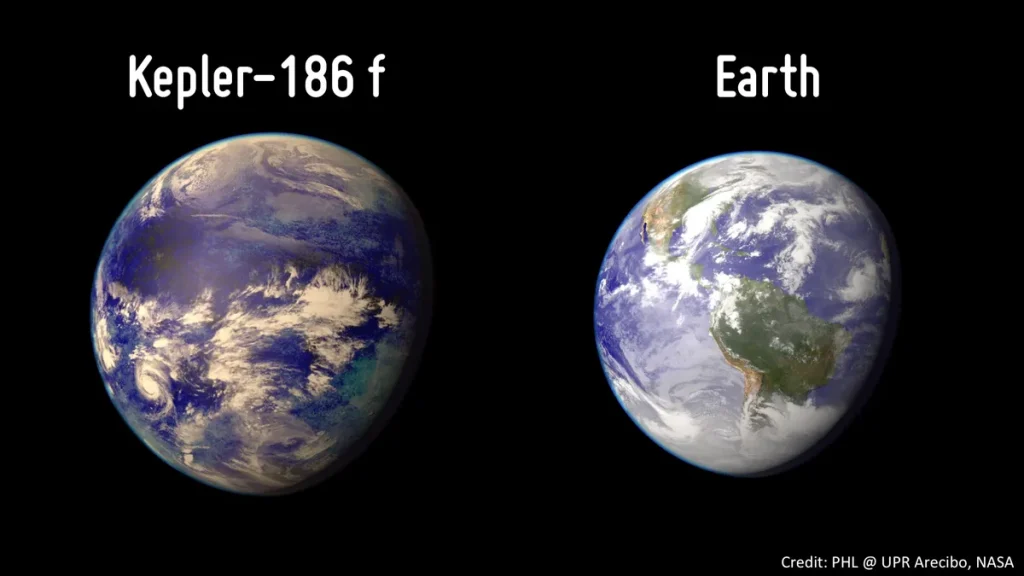
Kepler-186f, at most 10% larger than Earth, occupies the outer edge of its star’s habitable zone. It receives only a third of the energy from its star compared to Earth’s solar intake. Its parent star, a red dwarf, distinguishes Kepler-186f as an intriguing, albeit not quite identical, twin to Earth. It continues to intrigue astronomers, situated roughly 500 light-years from our home planet.
6. KEPLER-442B
Kepler-442b, 33% larger than Earth, completes an orbit around its star every 112 days. Discovered 1,194 light-years away from Earth, this exoplanet has garnered attention for its potential to sustain a substantial biosphere. A 2021 study even suggests that Kepler-442b receives sufficient radiation from its star to support life-sustaining processes.
7. KEPLER-452B
Kepler-452b, discovered in 2015, is the first known near-Earth-sized planet orbiting a sun-like star. This exoplanet, 60% larger than Earth, resides 1,400 light-years away. Its host star, Kepler-452, closely resembles our Sun, and Kepler-452b lies comfortably within the habitable zone. Scientists believe there is a strong possibility that this exoplanet is rocky, further fueling interest in its potential habitability.
8. KEPLER-1649C
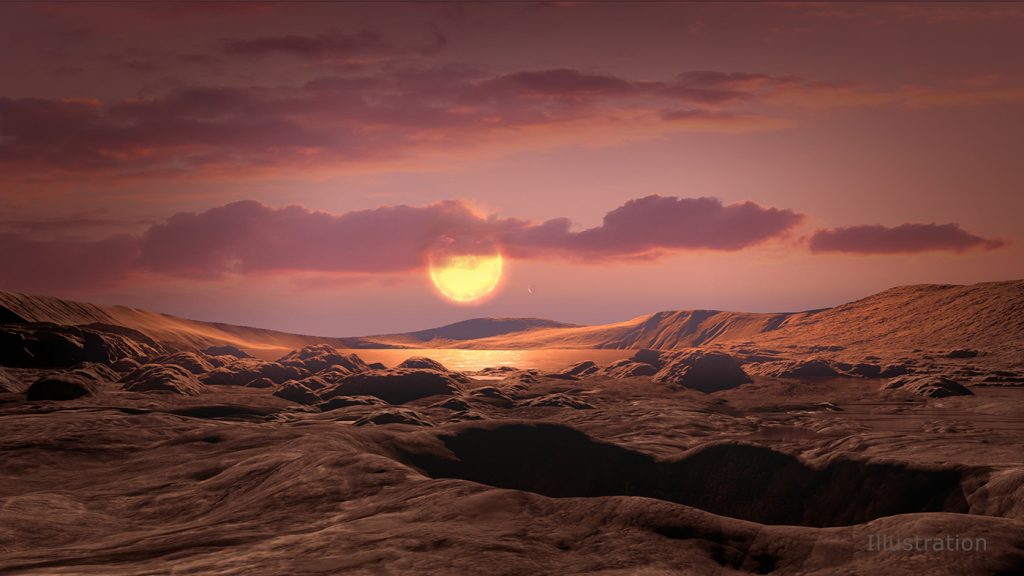
Kepler-1649c’s intriguing story involves a reanalysis of data from NASA’s Kepler Space Telescope. Originally misidentified by a computer algorithm, this Earth-sized exoplanet, located 300 light-years away, was later confirmed to be within its star’s habitable zone. Roughly 1.06 times larger than Earth, Kepler-1649c receives 75% of our planet’s light from the Sun.
9. PROXIMA CENTAURI B
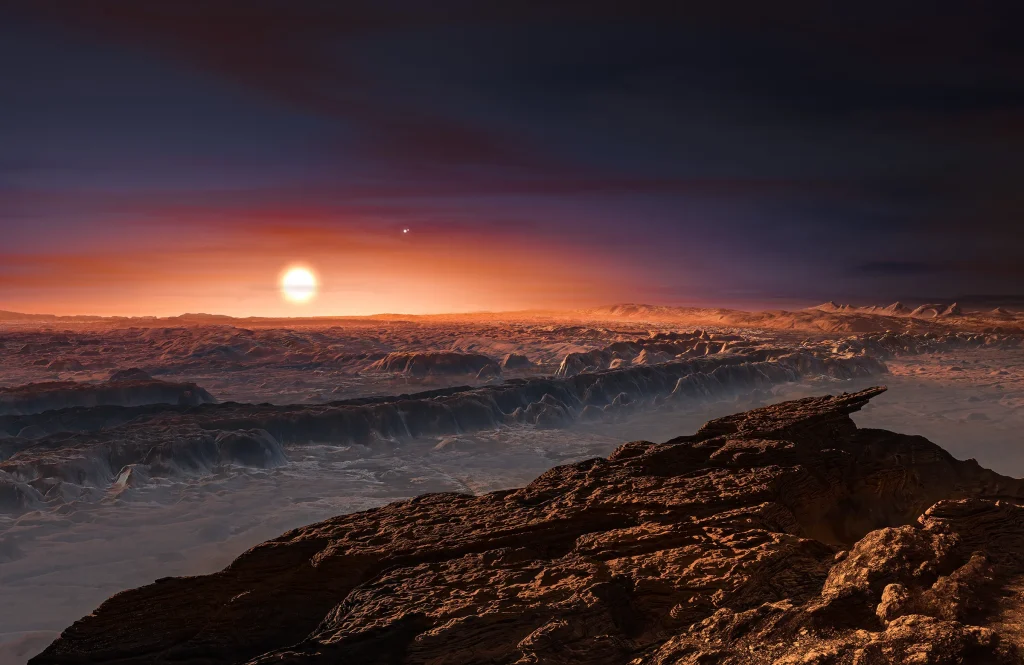
Proxima Centauri b, a mere four light-years away from Earth, is our closest known exoplanet. Discovered in 2016, this exoplanet possesses a mass 1.27 times that of Earth’s. While it resides within its star’s habitable zone, Proxima Centauri, it grapples with extreme ultraviolet radiation due to its proximity to the parent star and a rapid 11.2-day orbital period.
10. TRAPPIST-1E
Within the TRAPPIST-1 system, a constellation of seven Earth-sized planets orbits a single star. While water on most of these planets likely evaporated during their early formation, a 2018 study suggests that some may hold more water than Earth’s oceans. Among them, TRAPPIST-1e stands out as the most promising candidate for supporting life as we know it.
As we continue our quest to unlock the secrets of the cosmos, exoplanets such as K2-18 b and these others serve as celestial beacons, urging us to explore the vast tapestry of possibilities beyond our Solar System. While Earth 2.0 remains a distant dream, the diversity of these cosmic neighbours reminds us that the universe is replete with wonders waiting to be discovered.
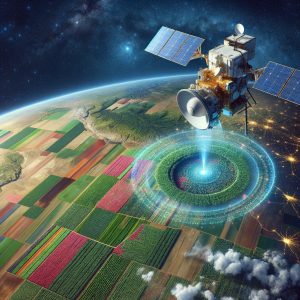
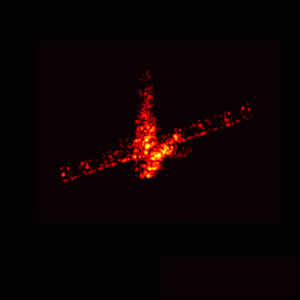




Thank you for your comment! It will be visible on the site after moderation.